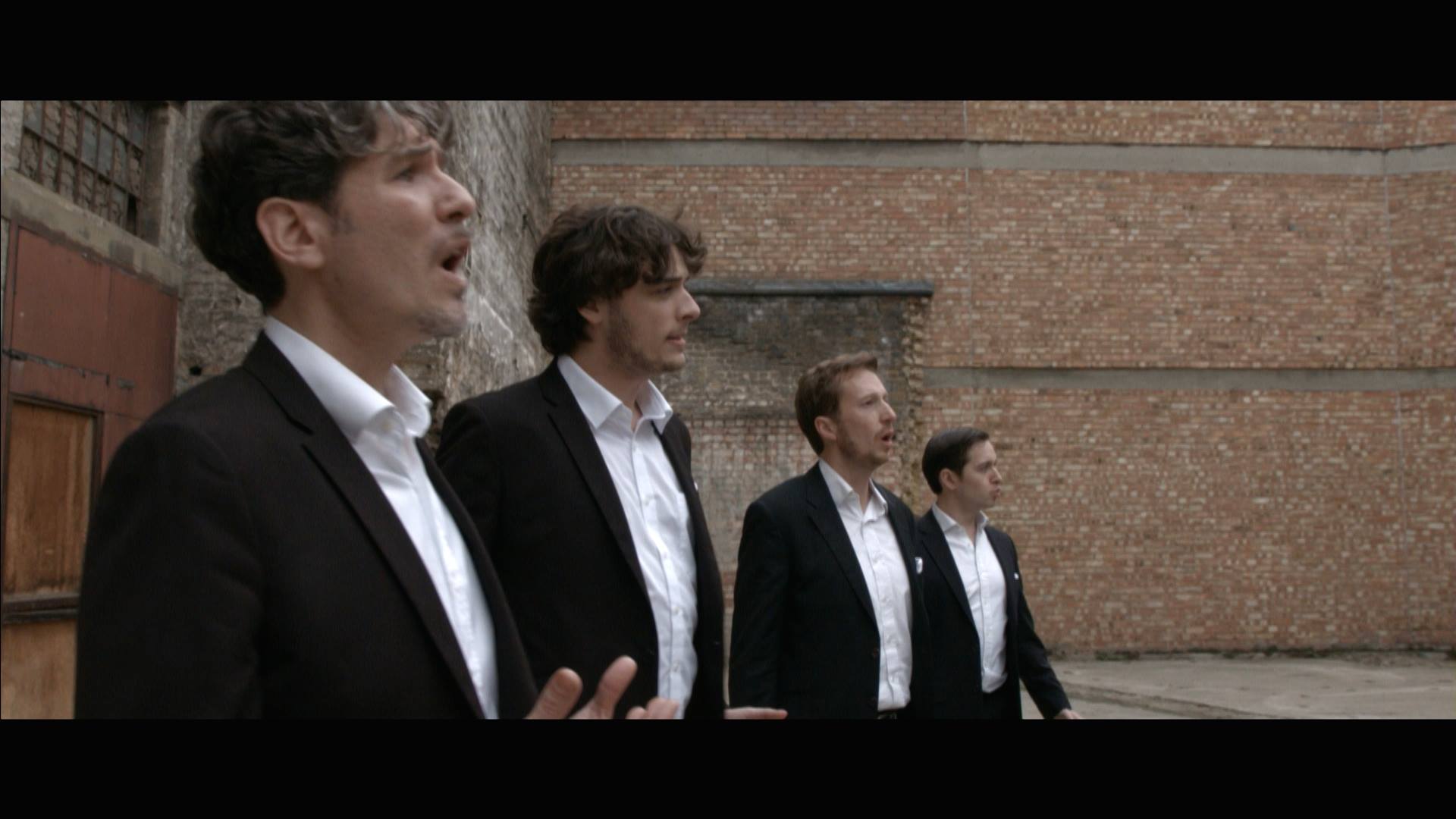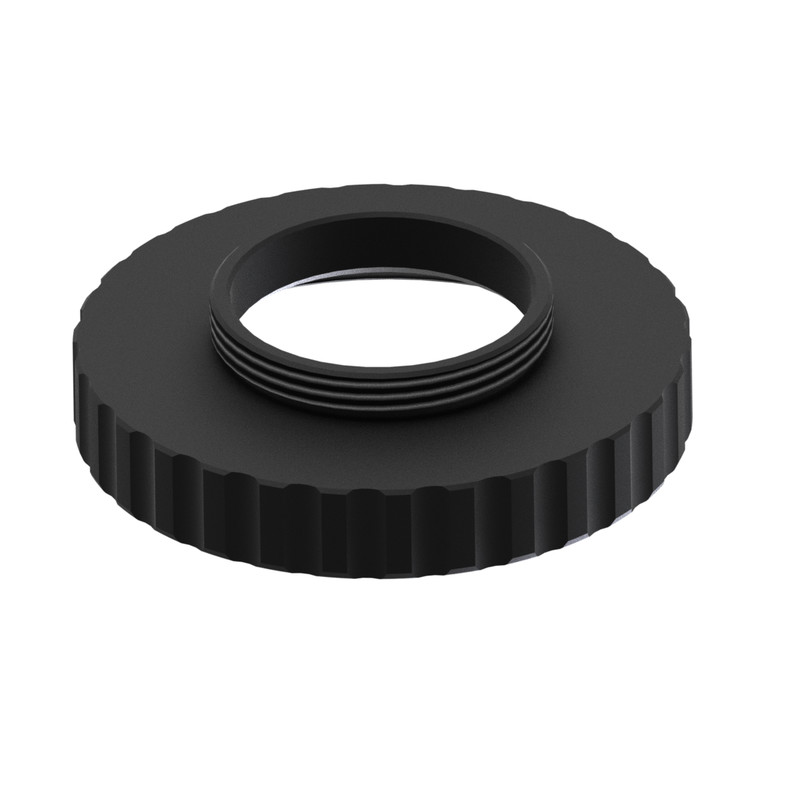

Even if you are a bass singer, you will need the ability to access the upper part of your vocal register. These are singing with power, and singing higher notes.
Opera male note c how to#
When learning how to sing opera, there are two main fundamental skills that you must focus on initially. If you struggle to hit the highest C, you are probably a mezzo-soprano. If you can reach thee notes comfortably, you are a soprano. If you are a female singer, you should start by playing middle C on the piano, and then ascending through the notes until you reach the C that is two octaves higher. It requires you to have access to a piano, or some other way to select and listen to all of the notes on a piano. To find which voice type you have, there is a simple but effective method you can use. Males with the lowest vocal register sing in the bass range.

Contralto is the lowest female voice, and countertenor is the highest male voice. The soprano is the highest female voice in opera. The main voice types for singing opera are: Identifying this before you attempt to sing opera will save you valuable time and effort. Step 3 – Find Your Operatic Vocal RangeĮach vocalist naturally has an operating range that they are comfortable singing in. If at any time you feel you are straining when singing opera, keep your hands firmly around your waist to check that you are using your diaphragm correctly and that you are supporting your voice. Notice that when you inhale deeply, this muscle expands, and it should maintain this expansion as you sing a note, until you take another breath. You’ll feel a muscle push your hands out. To locate your diaphragm, place your hands around your waist in a fairly firm grip, and cough. This will provide your voice with the necessary support as you sing each note. Once you’ve mastered this controlled, discreet breathing technique, you need to focus on expanding your diaphragm as you sing. Inhaling through your nose is desirable as this will slow down your breathing and keep it consistent. It shouldn’t sound like a gasp, but rather a gentle, controlled intake of air. It’s good practice to try not to make a sound when breathing in. The more air you get into your lungs, the longer you can hold a note. This breath should extend beyond your normal inhale and fill up your lungs with air completely. You should develop this before you turn your attention to physically producing operatic sounds.īefore you sing a note, you need to take a slow, deep breath in. This skill is only possible if you use the correct breathing techniques. Singing opera requires you to sustain notes for long periods. Step 2 – Conscious Breathing & Diaphragm Control Once you feel that your voice has warmed up, you can move on to the following exercises that will help you to develop the ability to sing opera.

Each of these causes your mouth to form a different shape, and therefore engages different parts of your vocal muscles and cords. Some ideas you could use are the “mm”, “oh”, “ah” “ee” and “ya” sounds. You can then repeat the scales using a variety of sounds. Begin by singing scales that feel comfortable within your range using the lip roll technique. I’d recommend starting your routine with lip rolls, as this allows you to warm up your voice without putting any strain on your vocal cords or diaphragm. It’s more important to establish a routine that works for you and leaves your mind and body feeling ready for operatic singing. Not only that, but you won’t be able to use your voice to its fullest potential.Ī vocal warm-up routine doesn’t need to be complicated or take up too much time. If you dive straight into singing opera without warming up your voice, you could cause lasting damage to your vocal cords.


 0 kommentar(er)
0 kommentar(er)
